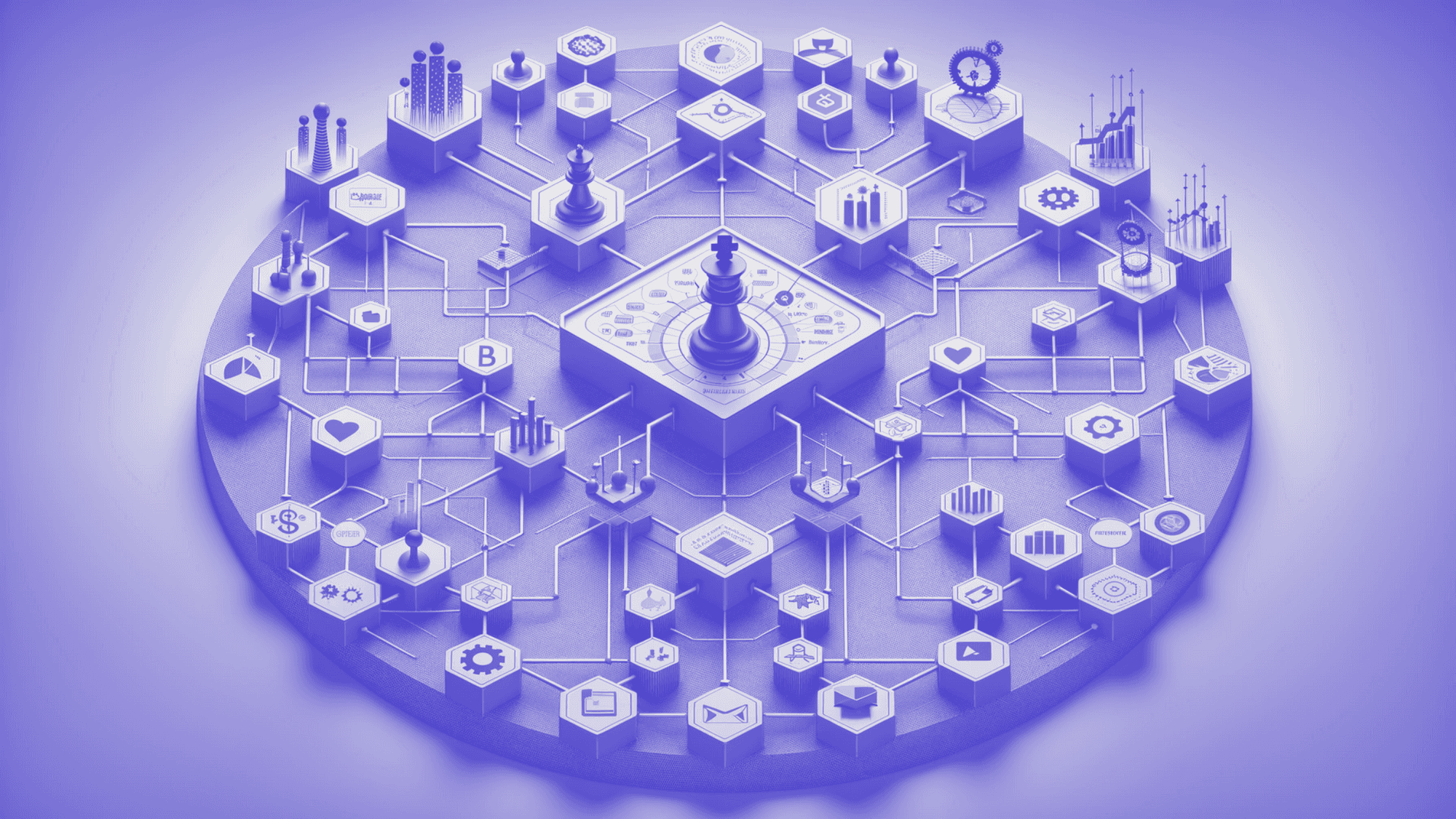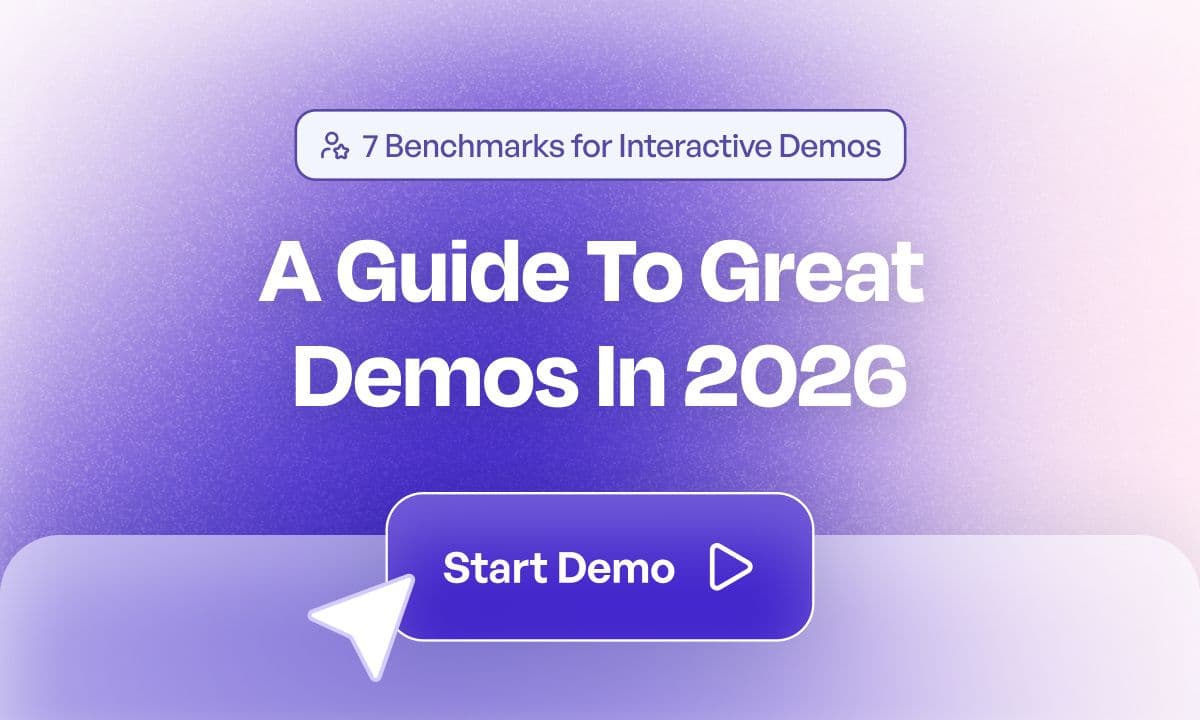
In the rapidly evolving world of business, staying ahead of the curve requires not just hard work, but smart work. This is where the concept of a "RevOps Framework" comes into play. It's a strategic blueprint that aligns sales, marketing, and customer service operations to drive efficiency and growth. In this blog post, we'll explore what the RevOps Framework is, its components, benefits, and how to implement it effectively in your business.
Understanding the RevOps Framework

The RevOps Framework is a structured approach to managing and optimizing the revenue operations of a company.
It's about breaking down silos between departments and ensuring that sales, marketing, and customer service teams work together seamlessly. This framework is designed to streamline processes, integrate data, and foster a culture of collaboration, all aimed at boosting revenue and enhancing customer experiences.
Revenue Operations (RevOps) is built on four fundamental pillars that work together to drive organizational alignment and revenue growth:

Benefits of Implementing the RevOps Framework
A solid RevOps framework can give your team a real edge by streamlining operations and improving performance across the board. Here’s how:
- Clear Direction for Teams:
Think of a good framework as a map. It lays out exactly where each team member should focus, helping them work more efficiently and stay aligned with business goals. - Regular Performance Reviews:
A framework also pushes for consistent performance checks. This means your team can regularly fine-tune processes and uncover areas that need improvement, keeping everything running smoothly. - Better Decision-Making with Data:
Since frameworks often revolve around data, your team gains access to valuable insights. These insights can help shape smarter decisions on pricing, product offerings, and growth strategies. - Enhanced Customer Satisfaction:
When you streamline customer success processes, you're not just improving internal operations—you're making customers happier. And satisfied customers are more likely to stick around, leading to more repeat business. - Lower Costs, Higher ROI:
A strong RevOps framework doesn’t just drive revenue growth. It also helps cut down the cost of generating that revenue, ultimately boosting your ROI and making the entire operation more efficient.
To truly benefit from these advantages, you need to choose a framework that fits your company's unique needs and goals.
Core Elements of a RevOps Framework
Every revenue operations framework is built on the same foundational components:
- People: At the heart of every RevOps framework are the people—the leaders and specialists responsible for driving its implementation and execution.
- Processes: A framework thrives on processes. In RevOps, these processes span across departments such as sales, marketing, and customer success, ensuring each team works together toward revenue growth.
- Technology: Modern revenue operations depend heavily on technology. Tools and revenue software are essential for data sharing, audience segmentation, and workflow automation.
- Data: Data is critical in making informed, revenue-driven decisions. The ability to gather and analyze this data can shape strategic moves and optimize performance.
While all frameworks share these core elements, they often differ in how they integrate them—whether it’s the way data is exchanged, or how teams collaborate across departments.
Even if you follow a widely recognized framework, most companies find themselves tailoring it to fit their specific needs. Success comes not just from having a framework in place, but from using one that aligns with your RevOps objectives and suits your company’s unique context.
There’s no one-size-fits-all solution for revenue operations. In the next section, we’ll explore a few established frameworks developed by experts in the field, and examine the different models they’re based on—whether it’s a waterfall or agile approach.
Understanding RevOps Frameworks: A Deep Dive into Gartner’s Model
There are many approaches to building a RevOps framework, but one of the most influential is Gartner’s RevOps model. Gartner's model is designed to create seamless alignment across all revenue-generating functions, focusing on six core elements.
While common areas like data, technology, and processes are central to any framework, Gartner adds three additional pillars: strategy, workflow, and analysis. Let’s break these down:
1. Strategy
This is the big-picture plan that guides all your revenue-driving teams—sales, marketing, and customer success. The strategy ensures everyone is working toward the same goals, aligning their efforts to boost revenue and drive growth. Without a solid strategy, different teams can easily end up working in silos, which often leads to inefficiencies and missed opportunities.
2. Workflow
Workflow refers to the detailed, step-by-step processes that your teams follow to generate revenue. It covers the entire customer journey, from initial contact to retention, ensuring that every stage is carefully managed and optimized. By clearly mapping out these workflows, companies can streamline operations, reduce friction between teams, and improve the overall customer experience.
3. Analysis
A critical part of Gartner’s model is the constant evaluation of your revenue operations. Analysis involves monitoring key metrics, reviewing team performance, and measuring the success of various revenue activities. This ongoing review process allows businesses to make data-driven adjustments, fine-tuning their approach to meet revenue targets more effectively.
In addition to these elements, Gartner highlights three key attributes that make a RevOps framework successful:
- End-to-End Revenue Process:
A well-designed RevOps framework covers the entire customer lifecycle—from prospecting and sales to renewals and expansions. This means no stage of the customer journey is overlooked, ensuring a seamless experience for both the customer and the internal teams. - Integrated Systems and Workflows:
In the Gartner model, workflows don’t operate in isolation. They connect data, systems, and teams in an integrated way, ensuring that everyone works from the same playbook. For example, sales, marketing, and customer success teams all access the same customer data and insights, which makes collaboration smoother and more effective. - Complete Visibility:
One of the strongest aspects of this framework is the transparency it brings. Everyone involved in the revenue process—from leadership to frontline teams—has full visibility into both execution and outcomes. This kind of insight helps teams adjust in real time, stay accountable, and remain focused on meeting revenue goals.
By following Gartner’s RevOps model, companies can create a highly coordinated, data-driven approach to driving revenue growth. The focus on alignment, integrated workflows, and constant analysis ensures that all departments are working together efficiently and that any roadblocks can be addressed quickly.
Understanding RevOps Frameworks: Exploring the Clari RevOps Framework
Clari stands out as one of the leading revenue operations SaaS platforms, designed to empower go-to-market teams in managing their revenue processes effectively. With features like sales forecasting, pipeline management, and revenue intelligence, Clari equips organizations with the tools they need to optimize revenue generation.
Clari’s RevOps framework is structured into three distinct stages: Engage, Execute, and Expand. Each stage has its own focus, key performance indicators (KPIs), and metrics that help drive revenue success.
1. Engage
In the Engage phase, the primary objective is to generate awareness and demand within targeted market segments. This phase is largely driven by growth marketing initiatives, aimed at building a qualified sales pipeline. The main KPI here is pipeline quality, with several key metrics that include:
- Quarter-to-Date Pipeline Created: Measures the total value of opportunities generated within the current quarter.
- Pipeline Quality: Assesses the likelihood of opportunities converting into sales.
- Pipeline Acceleration: Tracks the speed at which leads move through the sales funnel.
- Target Account Engagement: Measures how well the sales team is connecting with key accounts.
- Next Quarter Coverage: Estimates how well the pipeline is positioned for future sales.
The core technology stack in this phase includes Clari’s revenue operations platform, along with essential marketing tools like automation software and conversational marketing solutions.
2. Execute
Once the groundwork is laid in the Engage phase, the focus shifts to the Execute phase. This is where the field sales team takes center stage, with the main KPI now being net new Annual Recurring Revenue (ARR). Metrics in this stage revolve around increasing ARR and include:
- Win Rate: The percentage of deals won versus those lost.
- Sales Cycle Time: The average duration it takes to close a deal.
- Average Selling Price: The average revenue generated per sale.
- Forecast Accuracy: Measures the precision of revenue predictions against actual performance.
- Slip Rate: Tracks the percentage of deals that slip past the expected close date.
- Quota Attainment: Evaluates the percentage of sales reps meeting or exceeding their sales targets.
Alongside Clari’s RevOps platform, crucial software in this phase includes CRM systems and sales enablement tools that help streamline sales efforts and enhance productivity.
3. Expand
In the final phase, Expand, the focus becomes twofold: attracting new customers and enhancing customer retention. This stage is particularly critical for subscription-based businesses, such as SaaS companies, where long-term relationships are vital to success.
Customer success and account management teams primarily lead this phase, though marketing and sales also play key roles in driving overall ARR. The two main KPIs for this phase are:
- Renewals (Retention Rate): Tracks the percentage of customers who renew their subscriptions.
- ARR Expansion: Measures the increase in revenue from existing customers through upselling or cross-selling.
Metrics in this stage include churn rate, upsells, and customer lifetime value, all of which provide insights into customer engagement and satisfaction. The technology stack for this phase includes tools aimed at improving retention, such as product analytics platforms and customer success solutions.
By following Clari’s RevOps framework, organizations can create a structured approach to managing revenue operations, ensuring alignment across teams and maximizing growth potential.
Implementing the RevOps Framework in Your Organization
The above mentioned examples are some of the very many RevOps frameworks available. You need to choose one that suits your organization and its goals. You can start with:
- Assessment of Current Operations: Understand the existing processes and identify areas for improvement.
- Setting Clear Objectives: Define what you want to achieve with the RevOps Framework and set measurable goals.
- Selecting the Right Technology: Choose tools and platforms that align with your RevOps objectives and integrate well with existing systems.
- Training and Development: Ensure your team understands the RevOps Framework and how to utilize new tools and processes.
- Continuous Monitoring and Adjustment: Regularly review the performance and make necessary adjustments to stay on track with your goals.
An Example of a RevOps Framework for Upselling
One challenge with many revenue operations frameworks is that they don’t always focus enough on upselling opportunities, which can be a significant source of revenue for businesses.
In fact, studies show that increasing customer upsells by just 10% can result in a substantial profit boost.
For SaaS companies, upselling is crucial to driving growth, so ignoring it within a RevOps strategy means leaving money on the table.
To address this gap, the team behind GrowthOps—a revenue operations consulting firm—designed a framework specifically for upselling.
The primary objective is to empower sales and customer success teams to identify and maximize upsell opportunities. Here’s how the framework is structured:
- Processes: This part of the framework outlines all the steps involved in identifying potential upsells, including analyzing customer data, timing the outreach, and personalizing offers. Automation is used wherever possible to streamline these tasks.
- Systems: Effective systems are needed to support upsell processes. This includes ensuring the tools in place facilitate smooth communication between sales, marketing, and customer success teams, while also tracking progress and results.
- Analytics: Upselling success relies on understanding customer behavior and needs. The framework emphasizes the collection of relevant data to inform decisions on when and how to approach upsell opportunities. This data also feeds back into the system for continuous improvement.
- Enablement: Enablement ensures that everyone involved in upselling—whether sales, marketing, or customer success—understands the processes and systems in place. Ongoing training and resources keep the team aligned and effective in executing upsell strategies.
By focusing on these key elements, companies can build a RevOps framework that capitalizes on upselling, boosting revenue and enhancing customer relationships.
Choose the Right Framework – But Don’t Overthink It
Some RevOps frameworks address the entire revenue lifecycle, while others focus on specific areas.
Ultimately, the specific framework you choose isn’t the most critical factor. What matters most is getting started. When selecting a framework, go for one that aligns well with your company’s structure and objectives.
Remember, a framework is meant to be flexible, not rigid. It serves as a guide for your team, and as your business evolves, you can adjust the framework to meet new goals or adapt to market changes.
But before you make any tweaks, you first need to put a framework in place and start using it. Also, leverage tools that help automate tasks and gather data, and continue seeking ways to lower the cost of generating revenue.
Try Supademo for better Revops implementation
Ever wondered how top companies make their Revenue Operations (RevOps) run like a well-oiled machine? The secret isn't just in the strategy – it's in the execution.
And that's where leading RevOps leaders have been increasingly relying on leading RevOps tools and solutions to drive growth and retention.
One of these RevOps platforms is Supademo, an demo automation platform that helps RevOps teams create and share effective, interactive demos across sales, marketing, and customer success functions.

And key leaders have begun to notice how Supademo can enhance RevOps implementation: What if you could show, not just tell, how your product solves problems? What if new team members could learn the ropes without endless training sessions? What if sales, marketing, and customer success could finally speak the same language?

Read more here.
FAQs
Commonly asked questions about this topic.
What is a RevOps framework?
A RevOps framework is a structured approach that aligns sales, marketing, and customer success teams, optimizing processes, technology, and data to drive revenue growth and operational efficiency.
Why is a RevOps framework important?
A RevOps framework improves collaboration, enhances decision-making with data-driven insights, and streamlines processes across departments, helping businesses achieve consistent revenue growth and operational success.
What are the core components of a RevOps framework?
The key elements of a RevOps framework are people, processes, technology, and data. These components work together to optimize revenue operations and improve business outcomes.
How does a RevOps framework increase efficiency?
By standardizing processes, improving cross-team collaboration, and leveraging technology for automation, a RevOps framework eliminates bottlenecks and ensures smoother revenue-generating operations.
Can a RevOps framework be customized?
Yes, a RevOps framework should be tailored to your company's specific needs, aligning with your goals and adjusting to the unique challenges of your industry and organization.
What’s the difference between a waterfall and agile RevOps framework?
A waterfall framework follows a linear, step-by-step process, while an agile framework is flexible, focusing on continuous iteration and adaptation based on real-time data.
Rachel Witt
Rachel is a GTM marketer with 5+ years of experience working at various fast-growing technology companies.







